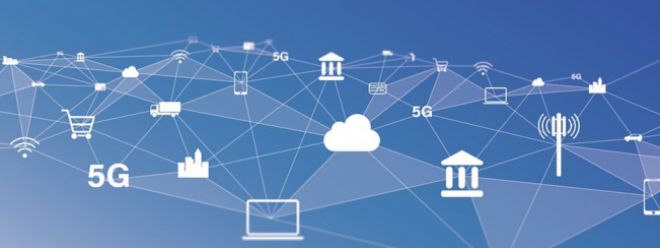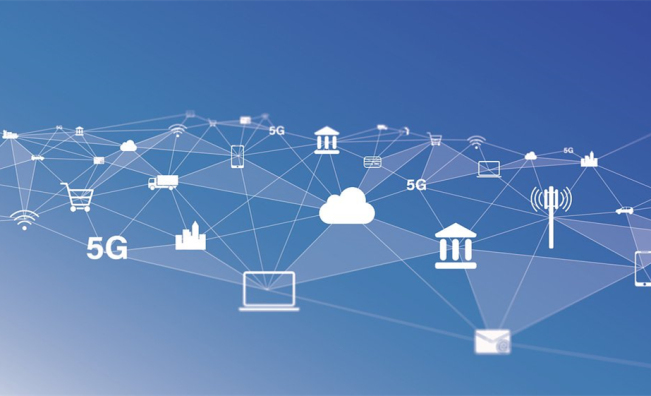How 5G will benefit the Internet of Things
2021.06.08

In this article, we want to turn our attention to the latest innovation in the telecommunications industry: 5G technology. More specifically, we want to talk about how 5G will benefit the Internet of Things (IOT).
So, let's get started!

What is 5G?
First, let's review the basics. 5G stands for the fifth-generation mobile network. It follows the footsteps of previous iterations and is appropriately named 1G, 2G, 3G, and 4G. But 5G is expected to be much stronger than its predecessors. The following is a summary of Qualcomm:
The first generation (1980s): 1G provides analog voice.
Second generation (1990s): 2G introduced digital voice.
Third generation (2000s): 3G brought mobile data.
The fourth generation (2010s): 4G ushered in the era of mobile broadband.
Then there is 5G, which provides expanded capacity to enable the next-generation user experience, support new deployment models, and provide new services. Although it was first launched in 2019, the estimated time of arrival for widespread adoption is 2025.
And the expectations are high. Many people expect 5G and the services and technologies it supports will change the way people live and work. This is because it is much faster than previous generations of mobile networks and can handle more connected devices, opening up a world full of possibilities for entrepreneurs and industry stalwarts.
According to GSMA, 5G will be at least 10 times faster than 4G.
Moreover, according to some experts, it can be 100 times faster! 5G will also bring lower latency. This means that it will have greater remote execution, connecting devices, and the ability to implement virtual networks (also known as network slicing). Therefore, 5G will be able to provide a more diverse and advanced connection experience to meet highly specialized IoT use cases, from transportation to telemedicine, precision agriculture, digital logistics and more.
The benefits of 5G for the Internet of Things (IoT)
Although there are about 30 billion Internet of Things devices connected to the Internet, it is expected that there will be billions of devices connected to the Internet in the short term. In fact, a 2020 IDC report predicts that by 2025, there will be approximately 75 billion connected devices. However, the superior speed and capacity of 5G are critical to helping the IoT industry reach and exceed this goal.
Current estimates indicate that 5G networks will provide speeds of 15 to 20 Gbps. The people at IoT Solutions pointed out that this will enable users and devices to access files, programs, and remote applications without waiting. In addition, they pointed out that 5G will enable devices to use the cloud more efficiently and reduce reliance on internal storage and data accumulation.
And because 5G has lower latency than its predecessors, applications that require fast response time are now officially on the market. This means new experiences and opportunities related to multiplayer mobile games, advanced factory robots and machinery, self-driving cars, etc.
In addition, 5G will be able to accommodate more devices running on the same network. This will affect the entire range of IoT deployments, from smart devices operating in homes, offices and other commercial facilities, to devices containing advanced smart city solutions and services, and so on.
Hongmeng official strategic cooperation and co-construction-HarmonyOS technology community
【Editor in charge: Zhao Ningning TEL: (010) 68476606】